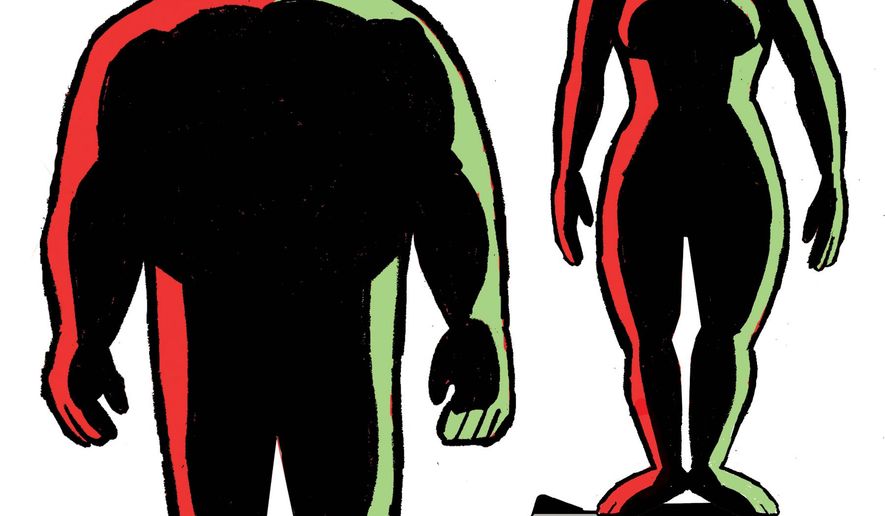OPINION:
Protection orders are pieces of paper that can only do so much to keep women safe from violent men. But at the end of March, Virginia’s Democratic Gov. Terry McAuliffe vetoed a bill that would temporarily allow domestic violence victims to temporarily carry a permitted concealed handgun for 45 days without a permit. This is length of time it can take to process a permit application.
Mr. McAuliffe said it is “dangerous fiction that the victims of domestic violence will be safer by arming themselves.”
Guns do make it easier to kill. But there is a simple biological fact that gun control advocates like Mr. McAuliffe ignore. Men are typically much stronger physically than women, particularly when it comes to upper body strength. Unfortunately, real life isn’t like the movies where one single woman is able to knock out and overpower several well-trained men. Men are also tend to be faster runners. Even without a gun, men can do a lot of harm to or even kill a woman.
A gun represents a much bigger change in a woman’s ability to defend herself than it does in a man’s ability to hurt her.
My research in my book “More Guns, Less Crime” shows that murder rates decline when either more women or more men carry concealed handguns, but additionally I found a woman carrying a concealed handgun reduces the murder rate for women by about 3 to 4 times more than a man carrying a concealed handgun reduces the murder rate for men.
And this message is getting across to women. Between 2012 and 2016, in states that provide data by gender, the number of women with concealed handgun permits has increased twice as quickly as the number for men.
And a poll by Pew Research Center helps to explain this. The percent of women who say gun ownership protects people from crime has been growing faster than for men.
Of course, the whole discussion completely ignores the cases where a woman may brandish a gun to prevent bad things from happening. That is a reason that research such as mine looks at the rate at which women are murdered after they have been allowed to carry permitted concealed handguns.
Mr. McAuliffe pushed for Virginia to use background checks to stop people from getting guns if they are under a two-year protective order for domestic-violence offenses. But there is little evidence that background checks stop violent crime. Michael Bloomberg’s group, Everytown for Gun Safety, praises these laws for reducing the rate at which intimate partners kill women, but the group never actually examines how crime rates change before and after laws are adopted. They look across states and ignore the fact that the states that already had low rates at which intimate partners kill women were the ones that adopted these laws. When you look at murders before and after changes in these laws, no benefit was found.
Mr. McAuliffe points out that in 2014, there were “112 family and intimate-partner related homicides.” But he pads this number by counting 46 deaths that didn’t involve guns. More bizarrely, the state data looks at homicides, not murders. Most people don’t realize this, but homicides include self-defense killings. So Mr. McAuliffe’s number includes cases where a woman legitimately used a gun to defend herself from a violent partner. Nor does the state note that many of these intimate partner homicides were cases involving prostitutes.
Democrats have long attacked Republicans for not caring about violence against women. On Friday, after President Trump declared April to be national sexual assault awareness and prevention month, Tina Fey remarked that this was “surely an April Fools’ joke.” But the president has been a strong supporter of letting women carry guns for protection.
Democrats claim that they are the true defenders of women. But they apparently don’t trust women to protect themselves.
• John R. Lott Jr. is the president of the Crime Prevention Research Center and the author of “Dumbing Down the Courts: How politics keeps the smartest judges off the bench” (Bascom Hill Publishing Group, 2013).




Please read our comment policy before commenting.